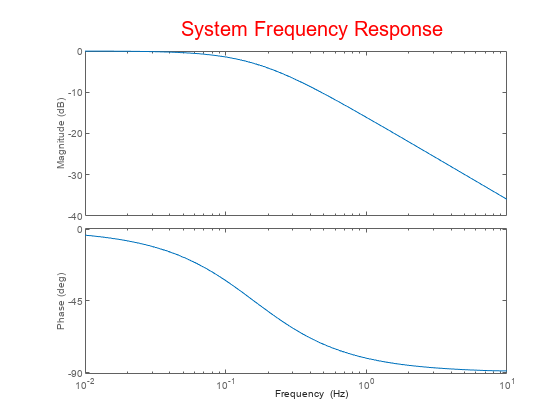
Indicates how the analysis frequency is swept. It must be greater or equal to the starting frequency. It must be greater than zero.Įnding frequency of the frequency sweep. Starting frequency of the frequency sweep. Table 1 describes the Frequency Parameters tab in detail. The additional settings in the Value tab are used for other analyses or for simulating with the instruments. In this exercise you will use the default values, 1V and 0°, respectively. If you want to perform the analysis with specific values for magnitude and phase, double-click the input source, Vin, go to the Value tab and enter values for AC Analysis Magnitude and AC Analysis Phase. The circuit will attenuate frequencies greater that 500 Hz. Experiment with different values to see the circuit’s behavior.


A complex matrix, containing both real and imaginary components is created.DC operating Point Analysis is performed to obtain the small-signal models.Multisim performs AC Analysis using the following process:

The result of an AC Analysis is displayed in two parts: gain versus frequency and phase versus frequency. Then, the equivalent circuit is analyzed from a start to a stop frequency.

In AC Analysis, the DC operating point is first calculated to obtain linear, small-signal models for all nonlinear components. AC Analysis is used to calculate the small-signal response of a circuit.


 0 kommentar(er)
0 kommentar(er)
